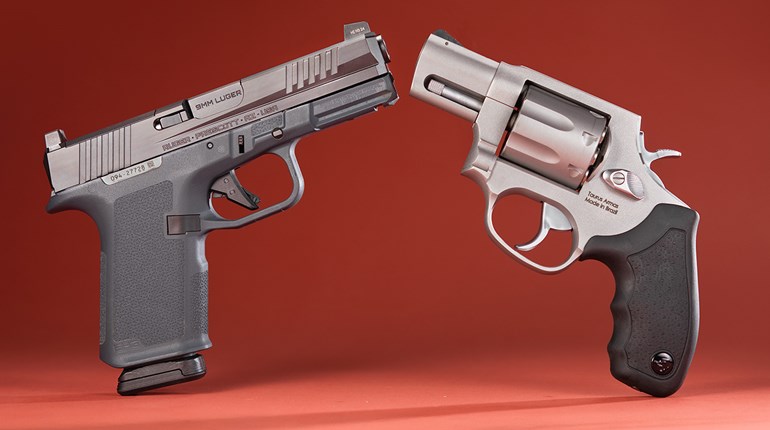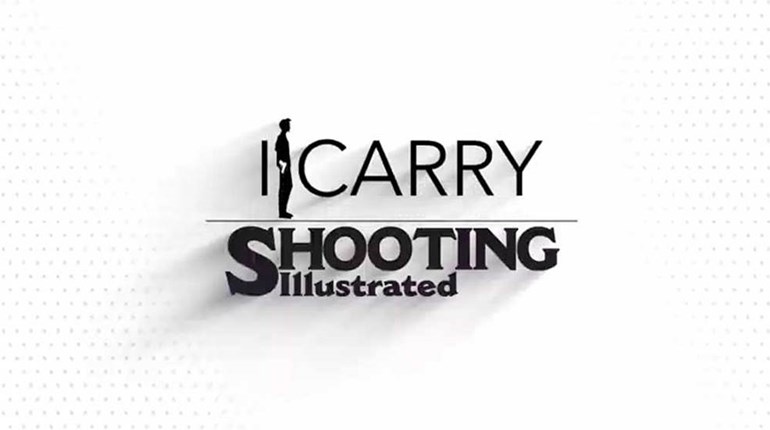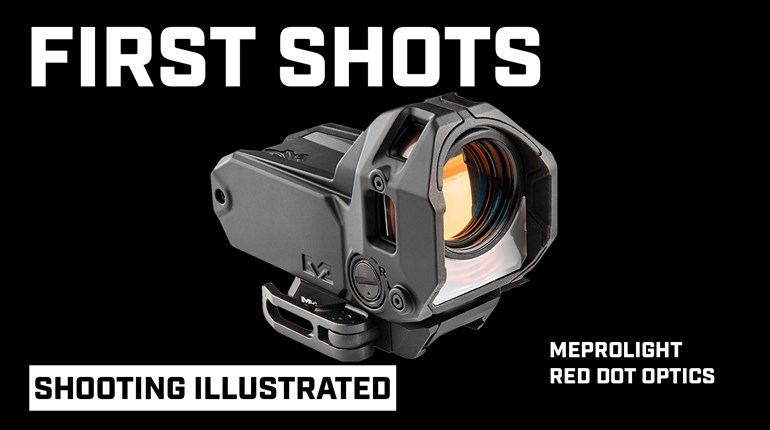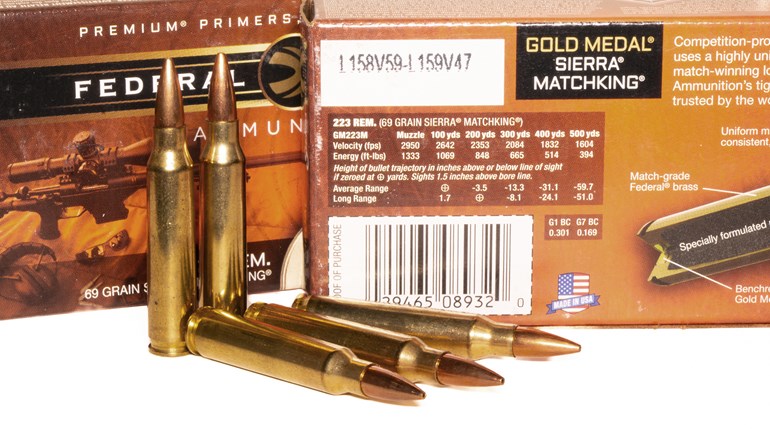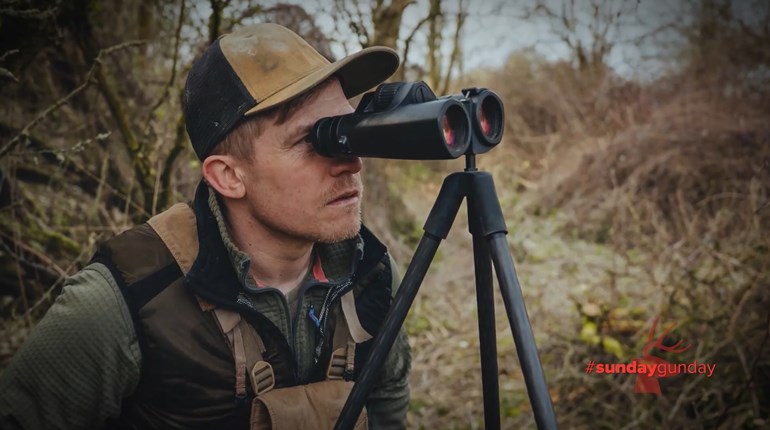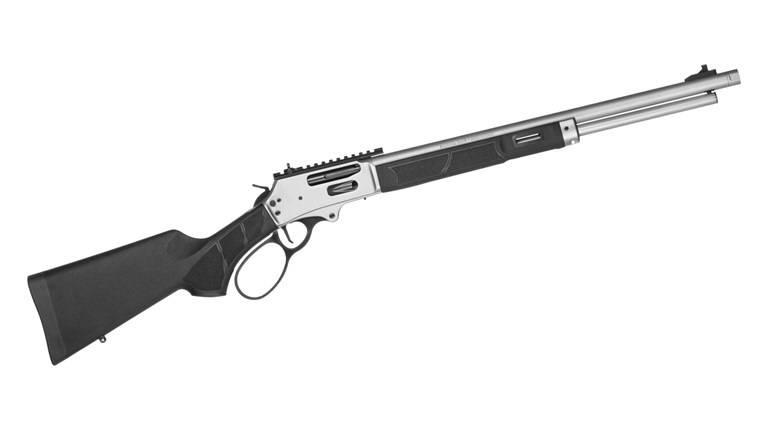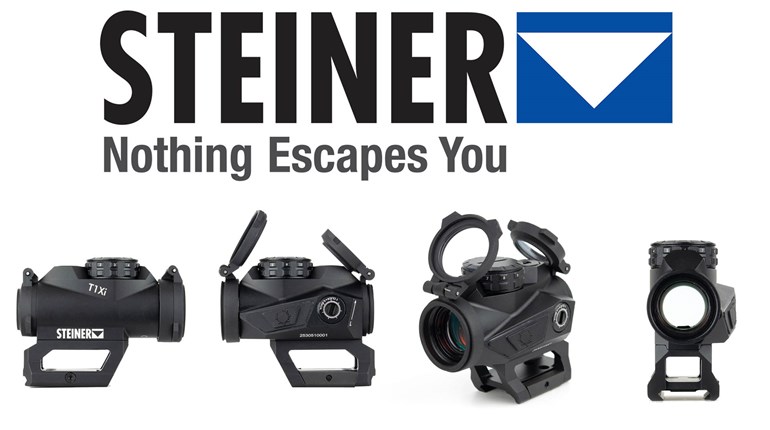
Back in the frontier days, cross-draw carry was very popular with folks who rode horseback. A lot of them found that the gun was easier to get to, when mounted, than if it was on the strong-side hip. It was also less likely to get caught between the rider’s hip and the cantle of the saddle during a rough ride. Also, cowboys, roping with their strong hand, were less likely to get the rope and the sixgun tangled up together.
Today, armed citizens who spend a lot of time seated, at a desk or in a vehicle, find that the gun is easier to get to for the same reason that the old horsemen liked it. And, with a bit of practice and the right type of holster, a person is able to draw the gun with either hand. And, let’s face it, in real-world encounters, being able to draw the defensive handgun with either hand is a real bonus.
At some point, years ago, it became the vogue to point out that a bad guy could more easily snatch the gun if it was in the cross-draw position. I frankly don’t buy that. Since we spend most of our time with our hands on the front side of our body, the cross-draw handgun is actually easier to protect. That assumes, of course, that the armed citizen has given some thought as to what he would do if a person tries to snatch his handgun.
Another criticism of the cross draw is that it is more difficult to conceal. And this is true if the person is wearing a suit coat or other open-front concealment garment. With a sweatshirt, or other pullover garment, it is simply not an issue. As with any other carry position, the armed citizen should do some thinking before selecting a particular concealment garment.
The one valid criticism of cross-draw carry is that it encourages one to draw and swing across his target on a horizontal line. That doesn’t allow for much area for a fight-stopping hit. Instead, the shooter should draw and bring the gun to the center line of his own body, at about the bottom of the sternum. Then as the hands come together for a two-hand hold the pistol is punched out, directly at the target. And one has to remember to keep the support hand and arm out of the way during the draw so that the gun muzzle never covers them.
Frankly, cross-draw carry is no better or worse than any other method of defensive carry. Nor is it any faster or slower. As always, the defensive shooter has to give serious thought to safety and the selection of concealment garments. And then it’s just a matter of practice, practice, practice. And that’s what we all should be doing anyway, isn’t it?



























